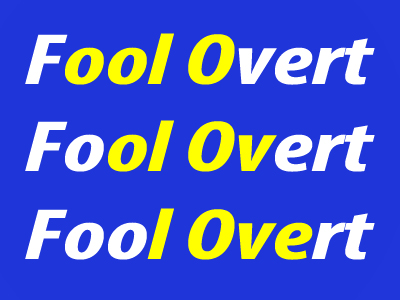

VR - Hidden Words
This article was formerly combined with another related to adding a letter to words to make a new one. That part of the article has been moved and you can now read it in our new VR - Finishing and Starting Words article.
Hidden Words are words which are hidden within a sentence , usually between two larger words. For example, look at these words:
‘each elephant’
In this example, if we obscure some of the letters, leaving the last three from ‘each’ and the first from ‘elephant’, we are left with the word ‘ache’:
As you can see, regardless of the fact that it’s pronounced differently, the combination of letters forms a new word. Children often forget that letter strings can be pronounced differently in English; the point of isolating the letters is that they are less likely to be swayed by the context of the larger word.
How Are Hidden Words Used In The Exam?
Candidates are given a sentence in which a four-letter word is hidden between two words. The two words will always be next to each other. It is then up to them to find the pair of words and select the correct answer from the multiple-choice options.
Be aware of what format the answer needs to be presented in. Most papers don’t want the word that has been hidden – they want the two words in which the word has been hidden.
Example Question One
In this sentence a four-letter word is hidden at the end of one word and the beginning of the next. Find the pair of words that contains the hidden word.
The beautiful lady sat on her chair elegantly.
We are looking for a four-letter word, hidden between two of the words. Let’s explore the possible answers by imagining what would be visible if we covered up certain letters:
Firstly, ‘theb’ and ‘ebea’ are not words.
Secondly, although ‘hebe’ is a species of flower (and occasionally a girl’s name) and my fellow gardeners may realise this, it certainly isn’t the sort of word that will be used in a test such as this. Even as I write this on a computer, the red line has shown under ‘hebe’ and I may get some bemused looks if I were to use it in a word game amongst other adults.
The answers are always words which a bright child would recognise, even if they couldn’t explain their meaning accurately. There is no trickery in this sort of question and the setter is usually not as interested in testing vocabulary as testing adaptability.
Having failed to make sense with the first two words, we move to the second and third.
The answer here is clearly ‘beautiful lady’ as the word ‘full’ is hidden between them.
Example Question Two
In this sentence a four-letter word is hidden at the end of one word and the beginning of the next. Find the pair of words that contains the hidden word.
A bit later, my alarm sounded.
The first combination of words can only be ‘abit’ which is not a word.
The second and third words give a full three options (‘bitl’, ‘itla’ and ‘tlat’) but none of them are legitimate words, so on we go to the third and fourth words.
‘Term’ can be formed with the letters from ‘later’ and ‘my’, so this is the correct answer.
Be aware that ‘late’ is not an answer as it is not formed from two words. Make sure that your child understands that the word must be hidden between two others.
Sample Tests
Once your child has learned the technique to solving this sort of question, then they should not have any difficulties. It requires a methodical approach which s best learned through practice.
To help your child master Hidden Words, there are four quizzes on the Education Quizzes site devoted specifically to this type of question. Show them the technique you’ve learned here as you look at the example given at the start of each quiz, then let them try all forty questions to see how well they fare.
You’ll find the quizzes in our Eleven Plus Verbal Reasoning section or, alternatively, you can follow these links:
As ever, the more familiar your child becomes with finding hidden words, the better prepared they will be for the exam. Good luck!



